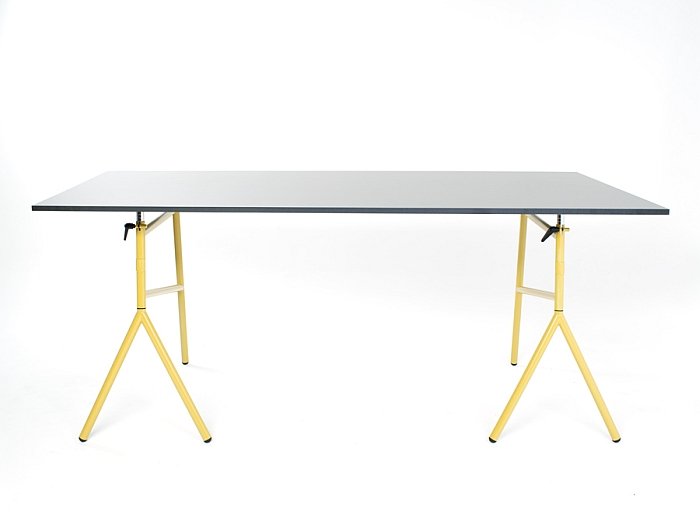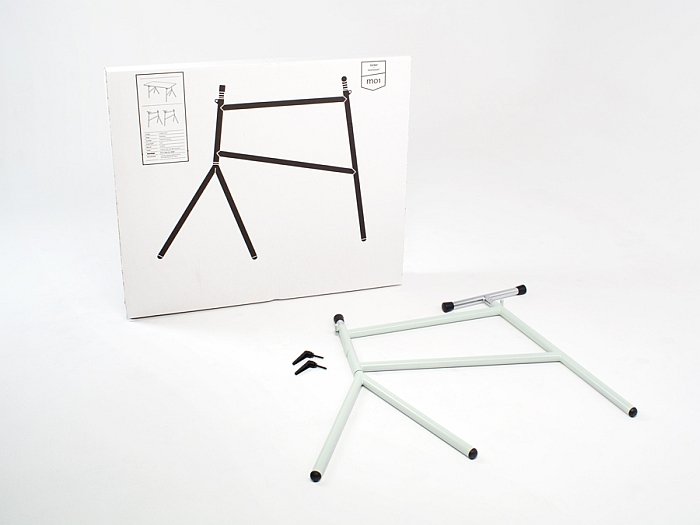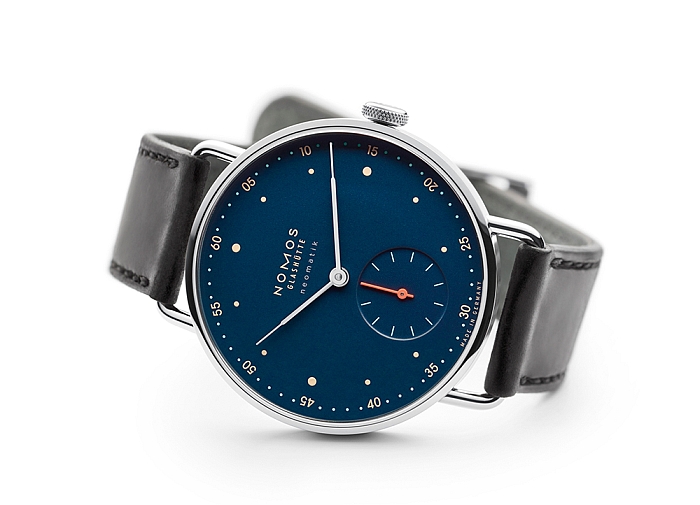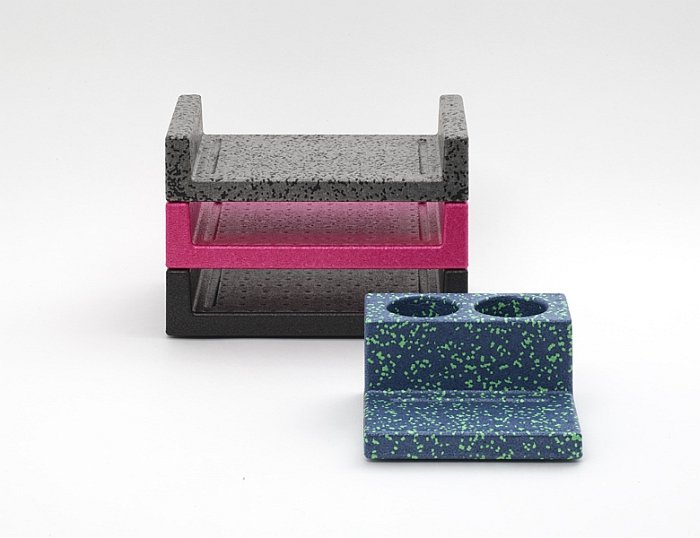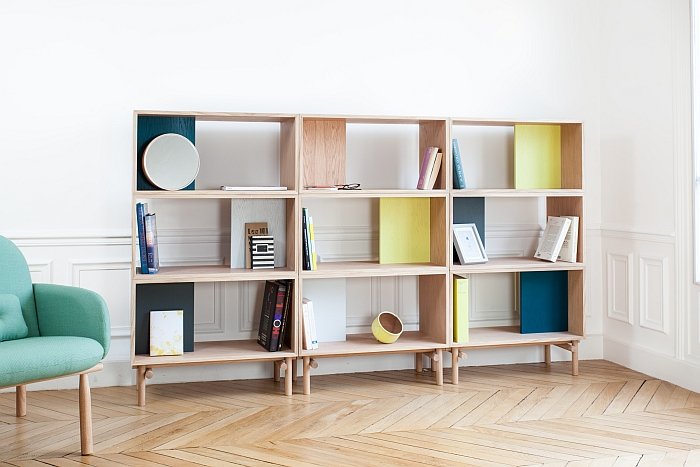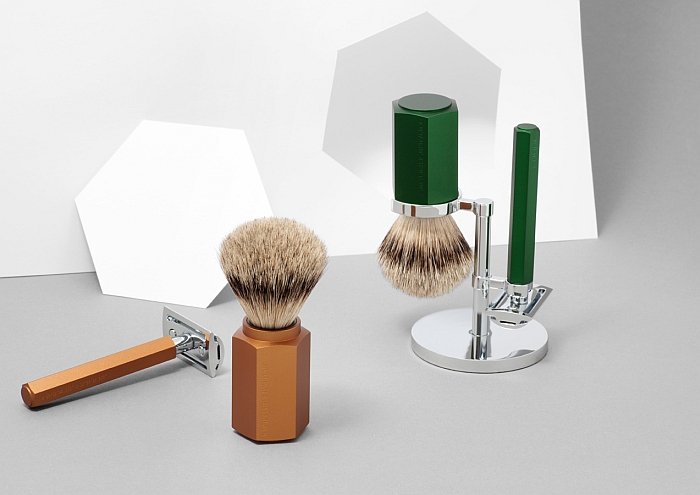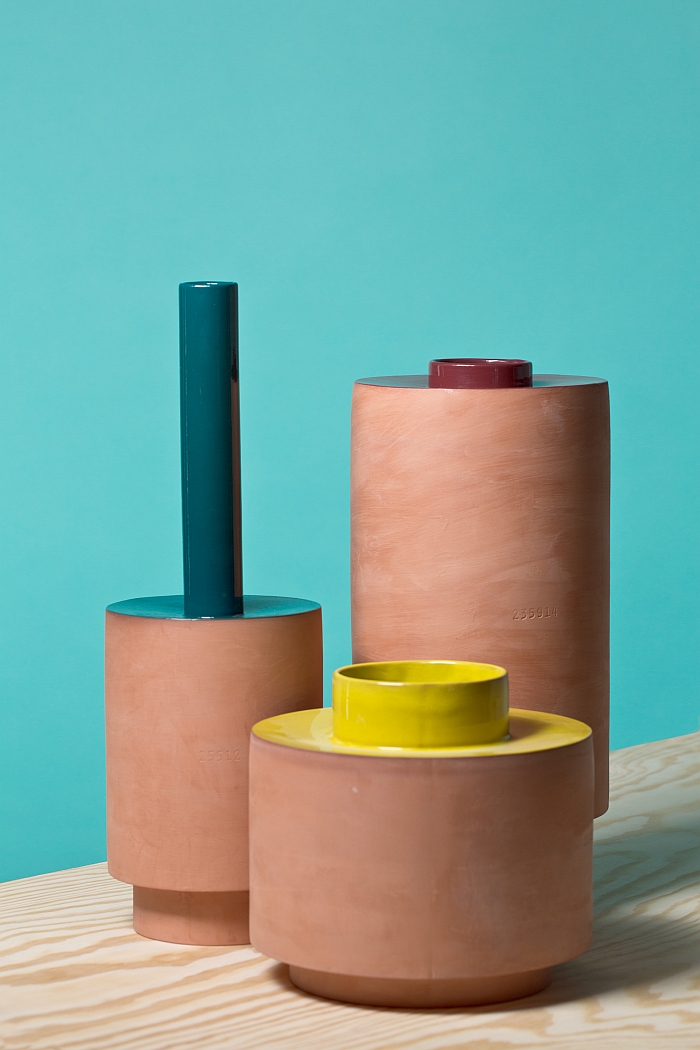The exhibition Divine Golden Ingenious. The Golden Ratio as a Theory of Everything? at the Museum for Communication Berlin featured two projects by Berlin based designer Mark Braun, projects which, largely, if not exclusively, owe their form to deliberations on and experimentation with the Fibonacci number. A state of affairs, we considered, makes Mark Braun an ideal person with whom to speak to about the role, attraction and relevance of the Fibonacci number and Golden Ratio in product design.
And so ahead of the exhibition's opening at the Museum for Communication Frankfurt, we did just that.....
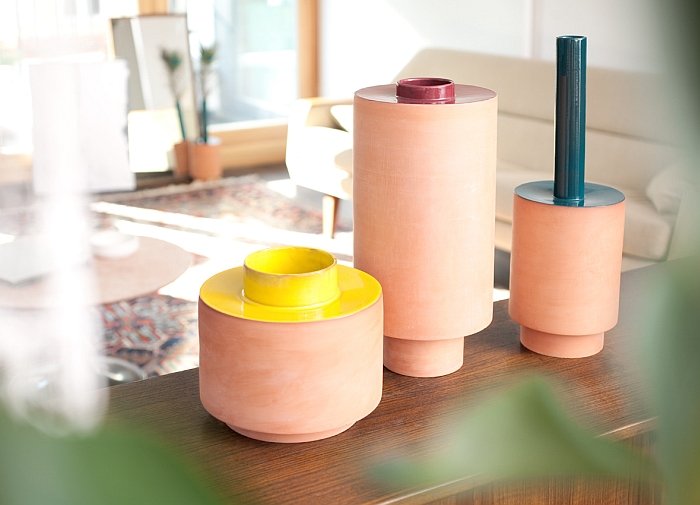
Born in Gehrden, near Hanover, Mark Braun initially completed a carpentry apprenticeship before studying Industrial Design at the Fachhochschule Potsdam, a course of studies which included semesters at both Burg Giebichenstein Kunsthochschule Halle and Design Academy Eindhoven. Following his graduation in 2006 Mark established his own studio in Berlin from where has realised a wide variety of projects for international clients including, amongst others, e15, Northern Lighting, NOMOS Glashütte and Thonet. In addition to his own design work Mark Braun also teaches design, and following tenures at Burg Giebichenstein Halle and ECAL Lausanne, Mark is currently Professor für Product Design/Industrial Design at the Hochschule der Bildenden Künste Saar in Saarbrücken.
Divine Golden Ingenious features Mark's amphorae family Le Trois, a project undertaken for Granville Gallery Paris, which sought contemporary expressions of the classic amphora and resulted, as the name implies, in a family of three amphorae: one for oil, one for wine and one for honey. Defined, at least for us, as much by their material as by their form, there is something very satisfying in both the way the Le Trois amphorae play off each other and also in their almost pastoral understanding of grandeur. Much more metropolitan is the m01 table trestle. Produced by Thonet and realised in cooperation with, and available exclusively through, the Berlin based furniture dealer minimum, the m01 trestle is unmistakably based on a bicycle frame, and is equally unmistakably an abstraction of a bicycle frame. Crafted from tubular steel the m01 takes not only a formal lead from the bicycle frame, but also a functional: the front forks and "saddle" rotate to allow for flat storage, while both "saddle" and "handlebars" are height adjustable. We'll leave any jokes about the m01 allowing users to "freewheel through the working day" to you.
We spoke with Mark Braun about the m01, Le Trois and the contemporary relevance of the Fibonacci number, but began by asking what role Fibonacci played for him........
Mark Braun: For me it is a tool which in the first instance helps me understand and define the proportions. My aim is always to achieve the maximum possible in terms of colour, material, function, but also proportion, and Fibonacci is a great help in that respect, it is not perfect, but I am very grateful that the rule exists.
smow blog: Which we take to mean that you always use it?
Mark Braun: Always. When considering, for example, the relationship breadth to height, or how thick something should be, for such considerations Fibonacci is a great aid; however, there is always a distortion, proportions and relationships change depending on the perspective from which an object is viewed, and for me when an object has a genuine beauty, then the proportions are appealing and logical from all perspectives. And so one can't rely solely on Fibonacci, and as a designer, in certain situations, intuition is much more important than mathematics, for me it is always a double check - Fibonacci and intuition.
smow blog: Which brings us nicely to the amphorae which, if we understand correctly, feature just such a mix of Fibonacci and intuition, this double check....
Mark Braun: Very much so, and with the amphorae working and experimenting with Fibonacci was particularly satisfying. With amphorae the functionality is not so difficult, there are things one must consider, but not for that long, and so very quickly one arrives at the more important cultural context and for all the aesthetic. As I say it's not about always strictly applying Fibonacci but rather finding that which creates a formal tension, and, for example, the amphora with the long neck, the proportion of the neck to the body is essentially Fibonacci, but not exactly, it's slightly abstracted. As a designer one has differing influences, you play with them and aim to develop a product which has its own aesthetic, has a bit of tension and which carries and explains itself.
smow blog: And one achieves that better using something like Fibonacci rather than, for example, just through basic, primary, shapes?
Mark Braun: I also use primary geometry, but using primary geometry can quite quickly become banal, one need only think in context of the ever recurring Memphis revivals where primary forms are used as a means in themselves, so a circular mirror set with a semi-circular element. Similarly when one simply takes an existing object, for example a bicycle frame, and uses it 1:1, that can also quickly become banal. As a designer I believe you should look to bring in a new composition, and in such the Golden Ratio is very helpful.
smow blog: Which in terms of the m01 trestle means.....
Mark Braun: .....at the end with just one leg the relationship between the leg and the diagonal is 1:1, at the end with the forks it is pure Fibonacci, and so we have 1:1 and Fibonacci opposite each other which creates a formal tension, while the diagonal itself brings a dynamic into the composition. In such an object Fibonacci is also a form of quality control, because when a product enters serial production, then as a designer you have the responsibility that it is not only producible, producible at a realistic price or that it functions as intended, but also that the aesthetics function. When an object is, for example, too functional, the aesthetics can often fail, and so in a way the Golden Ratio is part of the specifications, "have I checked the proportions, are they logical?"
smow blog: But where does that leave us in terms of form follows function?
Mark Braun: Form follows function is in many ways supported by a Fibonacci aesthetic in that it brings a certain familiarity with it. I believe that through a good aesthetic functionality becomes longer lasting, that formal beauty creates an appreciation, functionality does the same, however when something is not only practical, but aesthetically pleasing, then you value it more and get a lot more pleasure from it. Form follows beauty is however also a very tempting concept and when you have a product where the function isn't so complicated, for example the amphorae, then as a designer that is something you can only enjoy creating.
smow blog: You also teach, do your students understand Fibonacci, is it something which interests them?
Mark Braun: I've been in Saarbrücken for 2 years and always have an introductory project concerning proportion, so object and space, how does one position an object in a room or how are the proportions of surfaces related to one another. The last project we did was called "Relations in between objects" which dealt with volume and proportion, and I was very much the impression that through the apparent simplicity of the Golden Ratio the students very quickly lost respect for it, as in "OK. I understand. Next!" But the art is to use it correctly, for all in objects where perspective plays an important role, to ensure that the proportions work in different perspectives, the importance of abstracting proportions, that is something that many students need to learn to appreciate.
smow blog: And does such reflect a general, lets say, lack of interest in aesthetics amongst design students?
Mark Braun: My feeling is that on account of the flickering and flashing of our internet world it is not so easy today to concern yourself with something simple for prolonged periods, the students find other things more interesting. And with Fibonacci I had the feeling that it was seen as too banal, that they wanted a functional context, they wanted to make a product, not just busy themselves with proportions or form. And so once we allowed a context and let them create a table, bookcase, coat rack or whatever, so to apply the proportions to a product, then they were much more engaged and proactive. But for me considerations around proportion, product family, product system are more interesting than "I'll make a table", because when you start making a table it quickly moves into other areas, and you invariably start making easy compromises with the aesthetic. And far from a lack of interest in aesthetic believe it is currently a very formal time, formal aesthetics are more in demand than at any point in the past decade or so. Process and experiment are, yes, still unbeatable for the Eindhovener, but for example at ECAL Lausanne there is currently a very strong focus on ensuring the aesthetic qualities of works.
smow blog: And briefly to end, having spoken about realised projects, where do you see your next challenges?
Mark Braun: I'm definitely looking at moving towards ever more complex projects. Designing, for example, a porcelain object so that it has a clear and logical aesthetic, is something I adore, but to take that to higher levels and to achieve the same result in an object with a much higher level of technical complexity and functionality, where one has 100s of parameters which must be brought into order with one another, successfully juggling ever more complex interrelationships, that is something which really motivates me. Reducing, reducing, reducing, while always maintaining an aesthetic tension in a product, that for me is the ultimate challenge.
More information on Mark Braun and his work can be found at http://markbraun.eu
Divine Golden Ingenious. The Golden Ratio as a Theory of Everything? runs at the Museum für Kommunikation Frankfurt, Schaumainkai 53, 60596 Frankfurt from Thursday March 23rd until Sunday July 23rd Full details can be found at http://www.mfk-frankfurt.de
